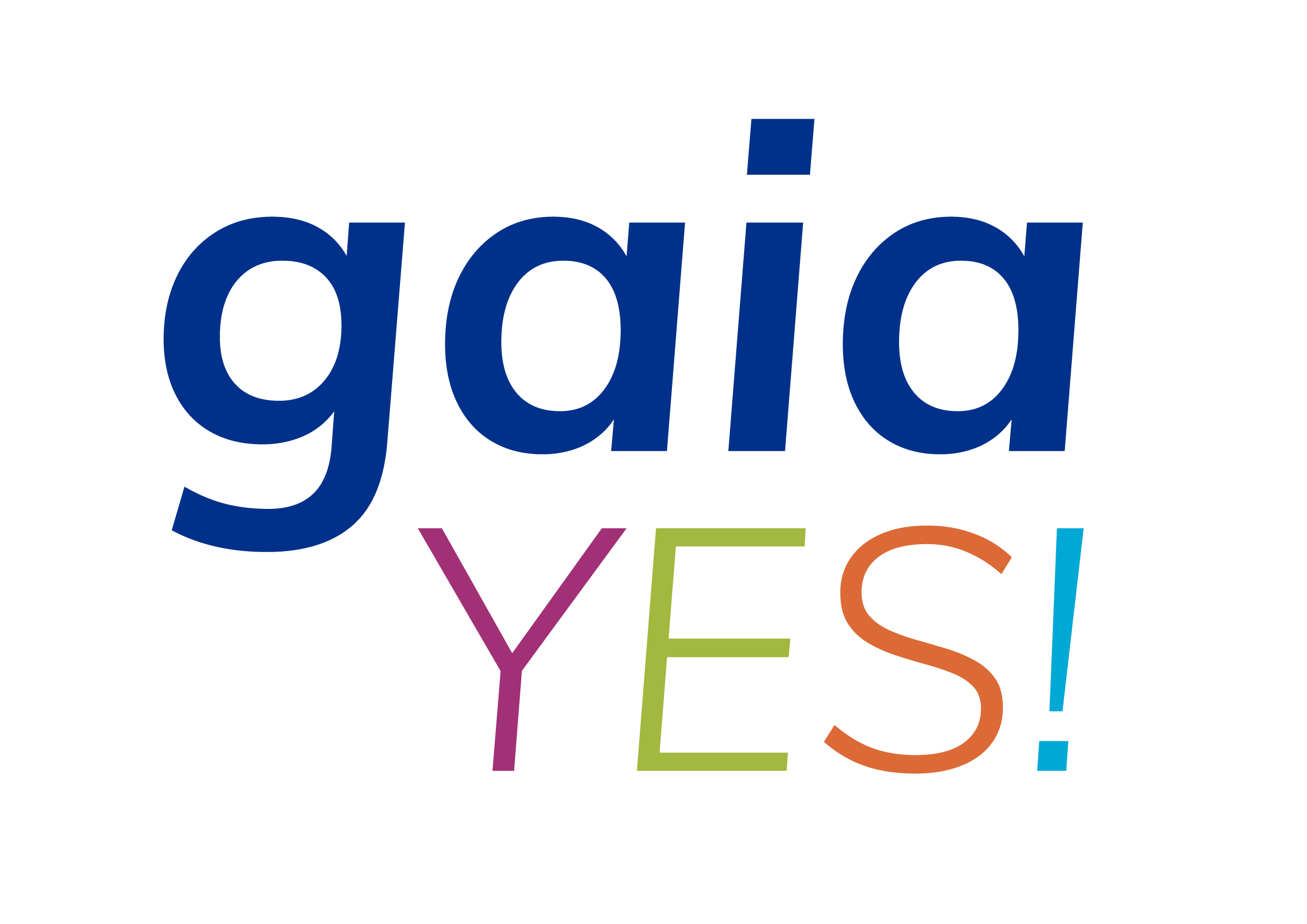THE VOICE OF YOUTH

Creating common ground rules or outsourcing classroom design to students can be a good starting point for them to feel more involved in their study environment. Meeting together and making decisions are only useful participation exercises if they are also allowed to make real decisions. Student-initiated projects, research, self-reliance, representation, or co-management with adults in organizations and institutions are highly educational experiences for students.
Roadmap
- The starting point of the activity could be conversations and opinion surveys about the various issues organized by adults. Planning, implementing, managing, monitoring and evaluating projects are great ways to participate.
- Have students voice their opinions about projects being planned at school. Encouraging initiatives such as creating a school newspaper, radio program or website, setting up theme clubs, talent shows, economic or ecological campaigns can contribute to a democratic school life.
- Local NGOs, community service organizations, street programs, festivals, the Internet, and new media platforms offer various opportunities to engage students.
- Students living in poverty or in institutions often lack even the most minimal form of participation. Perhaps the school could involve them as well?
A safe environment is necessary for this activity. Only when students are heard about all processes that affect them can their interests be truly respected.
Target
Show ways, in which students can participate in decision making (with adults).
Learning Outcomes
Students learn to make decisions and are empowered to take action.


0 comments
Leave a comment
Please log in or register to post a comment